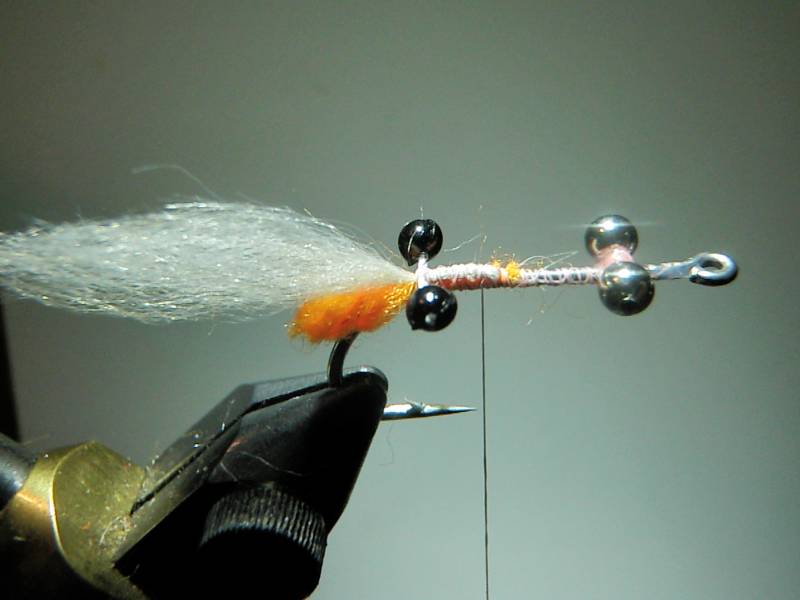
Full Motion Shrimp
by Ken Collins - January 26, 2019
On one fishing trip to Cuba an important discovery was made during a super cold front weather change that lasted most of the trip. All of our normal fly patterns were not working. The fish were spooked by anything bright. We were customizing our on-the -leader fly patterns continually that week. Many of sparkly tying materials littered the bottom of our skiffs and were found drifting around our ankles while we waded our favourite flats.
Yes, we were hacking our flies apart to make them as dull as possible. One customer happened to have a collection of a pattern called the Mantis Shrimp. He was producing two fold numbers of fish each day in comparison to the rest of our group. This basic salt water hares ears with rubber legs fly pattern was the basis for the creation of the next Troutfitter FULL MOTION fly pattern. I added some other important fish catching features like the orange target, larger black eyes, and a really shrimpy colour of silicone legs to make this pattern the best it could be. This pattern has seen great results in every location I or customers have fished it.




















